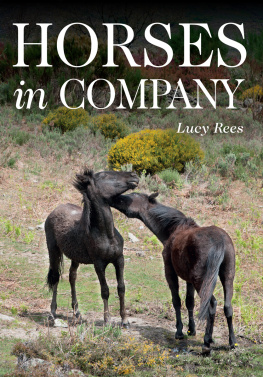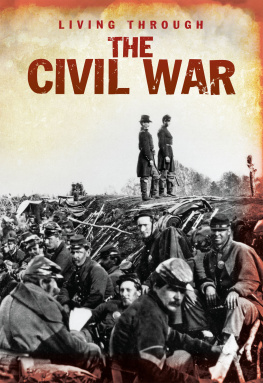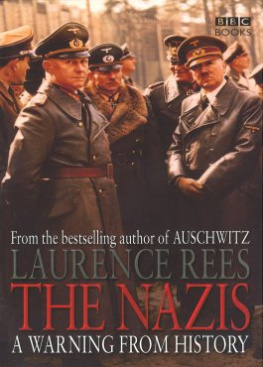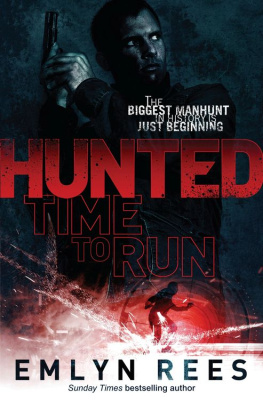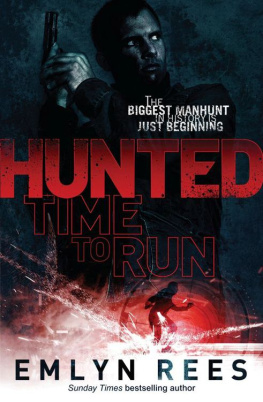Lucy Rees - Horses in Company
Here you can read online Lucy Rees - Horses in Company full text of the book (entire story) in english for free. Download pdf and epub, get meaning, cover and reviews about this ebook. year: 2017, publisher: J.A. Allen, genre: Art. Description of the work, (preface) as well as reviews are available. Best literature library LitArk.com created for fans of good reading and offers a wide selection of genres:
Romance novel
Science fiction
Adventure
Detective
Science
History
Home and family
Prose
Art
Politics
Computer
Non-fiction
Religion
Business
Children
Humor
Choose a favorite category and find really read worthwhile books. Enjoy immersion in the world of imagination, feel the emotions of the characters or learn something new for yourself, make an fascinating discovery.
Horses in Company: summary, description and annotation
We offer to read an annotation, description, summary or preface (depends on what the author of the book "Horses in Company" wrote himself). If you haven't found the necessary information about the book — write in the comments, we will try to find it.
Horses in Company — read online for free the complete book (whole text) full work
Below is the text of the book, divided by pages. System saving the place of the last page read, allows you to conveniently read the book "Horses in Company" online for free, without having to search again every time where you left off. Put a bookmark, and you can go to the page where you finished reading at any time.
Font size:
Interval:
Bookmark:
HORSES
in COMPANY

HORSES
in COMPANY
Lucy Rees
J.A. ALLEN
First published in 2017 by
JA Allen
JA Allen is an imprint of
The Crowood Press Ltd
Ramsbury, Marlborough
Wiltshire SN8 2HR
www.crowood.com
This e-book first published in 2017
Lucy Rees 2017
All rights reserved. This e-book is copyright material and must not be copied, reproduced, transferred, distributed, leased, licensed or publicly performed or used in any way except as specifically permitted in writing by the publishers, as allowed under the terms and conditions under which it was purchased or as strictly permitted by applicable copyright law. Any unauthorised distribution or use of this text may be a direct infringement of the authors and publishers rights, and those responsible may be liable in law accordingly.
British Library Cataloguing-in-Publication Data
A catalogue record for this book is available from the British Library.
ISBN 978 1 90880 957 5
Contents
Reflex and innate behaviour. Early work by Tinbergen and Lorenz. Learning. Tinbergens four questions. Motivation. Strategies, costs and benefits. Emotion. Anthropomorphism. Applied ethology.
Natural selection pressures evident in the fossil record. Domestication effects.
Feral horses: natal bands, stallions and mares. Bachelor bands. Natal dispersal. Multi-stallion bands. My own studies: different populations.
A stampede. Analysis of defence behaviour. Self-organizing behaviour and the flight algorithm: cohesion, synchrony of velocity and direction, collision avoidance. Initiators of changes.
Cohesion and synchrony in everyday life. Leadership but no fixed leaders. Collision avoidance or respect for individual space. Keystone characters? A self-organizing society.
Band and herds. Stallion tolerance and its influences. Population dynamics of the llanos herd. Survival. Competition for resources? Male competition for mares. Bachelor strategies. Stallion attractiveness to mares. Paternal protection of foals. Two-stallion bands. Social relations and bonds within natal bands. Aggressive actions and their causes. Conclusions.
Definition of dominance and the history of the concept. Measurement. Correlations. Results of horse studies. Problems: unacceptable assumptions, practices and parallels. No single hierarchy. Re-interpreting dominance studies. Feral, free-living and domestic groups. Learned aggression in imposed resource competition. Stress-related aggression.
Misinterpretations of ethological statements and of behaviour in popular literature and everyday horse-keeping. Bacons idols.
New fields of research in equine ethology. Practical considerations regarding attitudes in handling and riding horses.
Introduction
This book presents a radically new view of horses social relations and organization, a view that inevitably affects how we interpret our interactions with horses. It proposes that horses social life and relations developed in response to the natural selection pressures in their evolution: predators. Horses are prey animals.
In itself, of course, the idea that horses are prey animals is by no means new; we have been paying lip service to it for years. Yet we do not seem to have taken its implications seriously: that it is the focal point of the way horses live together. The current interpretation of their social life is that horses interact according to dominance hierarchies, which have nothing to do with predators.
Throughout many years of working with horses, and especially in resolving problems that arise between horses and people, I had realized that dominance is not a useful concept. Analysing horse-human relations in terms of dominance creates far more problems than it solves. The same has been found to be true of dog-human relations.
However, until a few years ago I had no alternative theory or way of analysing social interactions, although having dispensed with dominance as a factor, others started to become clear and useful in practice: the horses acute awareness of our body language, his cooperation, his dislike of physical restriction and, above all, his coordination with others, whether horse or human. But they did not come together as a coherent picture. I lacked a paradigm.
I arrived at the new paradigm through observations of feral horses and especially of their behaviour in the face of predator attack, a curiously neglected field of equine ethology. Gradually I came to see that their whole social organization and relations reflect their adaptation to the ever-present possibility of predator attack. The exact ways in which they behave to escape successfully are reflected in their everyday lives even those of domestic horses that have no practical experience of predators.
This is an ethological approach: why do animals behave the way they do?
I would like this book to be accessible to those many thoughtful and intelligent horsepeople who have no base in ethology (as well as those who do). I have therefore thought it necessary to start with a brief explanation of some of the ideas that are used later in the book. This is not a potted ethology textbook but a way to avoid breaking a logical flow with explanations of the concepts used.
Behaviour helps an animal stay alive and pass on its genes to the next generation in its own natural environment, in various ways. Some behaviour has a strong genetic basis, and is acted upon by natural selection just as the exact form of an animals body is.
Therefore, we must look at the selection pressures revealed in the course of horse evolution. Predators, of course, are one.
The classic and important studies of feral horse behaviour show that they all adopt more or less the same solution to lifes problems, and introduce us to some terms and concepts. These studies help us see what behaviour is constant in all natural contexts. Although I have not wanted to delve deeply into domestic horse behaviour and lose the thread of the story, I hope that thoughtful horse-owners will find much to reflect on.
My own studies, which come next, have not been published before. Since the exact conditions and methods of study can influence results, scientists are careful to detail them, which often makes boring reading to the non-specialist. Ive tried to convey a more living picture of what it is like to be a field ethologist; the interactions in the herd, the extreme efforts that horses make to avoid competitive conflict, the questions that arise and the ethological approach to answers.
Thus prepared with a general picture, we can examine exactly what happens, and why, when attack comes. My understanding of my observations owes much to an up-and-coming field of research that has not been applied to horses before but is providing great insights into herd, flock and shoal behaviour, using behavioural algorithms for self-organizing group movement.
What then became clear to me is that the factors that govern successful escape also govern social interactions and organization within a band or herd in more peaceful moments, too. We see that social behaviour is adaptive, following a coherent logic given that horses are prey animals. Within feral bands they do not compete against each other but collectively against predators, and maintain social relations that allow them to behave appropriately and instantly in the face of situations, grading from changing their maintenance activity to life-threatening attack.
This hypothesis, or paradigm, since it changes the way we interpret social relations and organization, is based on my own observations, which, for practical reasons, tend to be more qualitative than quantitative. They do, however, suggest a large number of testable questions that, I fervently hope, will be examined more fully in future research.
Next pageFont size:
Interval:
Bookmark:
Similar books «Horses in Company»
Look at similar books to Horses in Company. We have selected literature similar in name and meaning in the hope of providing readers with more options to find new, interesting, not yet read works.
Discussion, reviews of the book Horses in Company and just readers' own opinions. Leave your comments, write what you think about the work, its meaning or the main characters. Specify what exactly you liked and what you didn't like, and why you think so.

